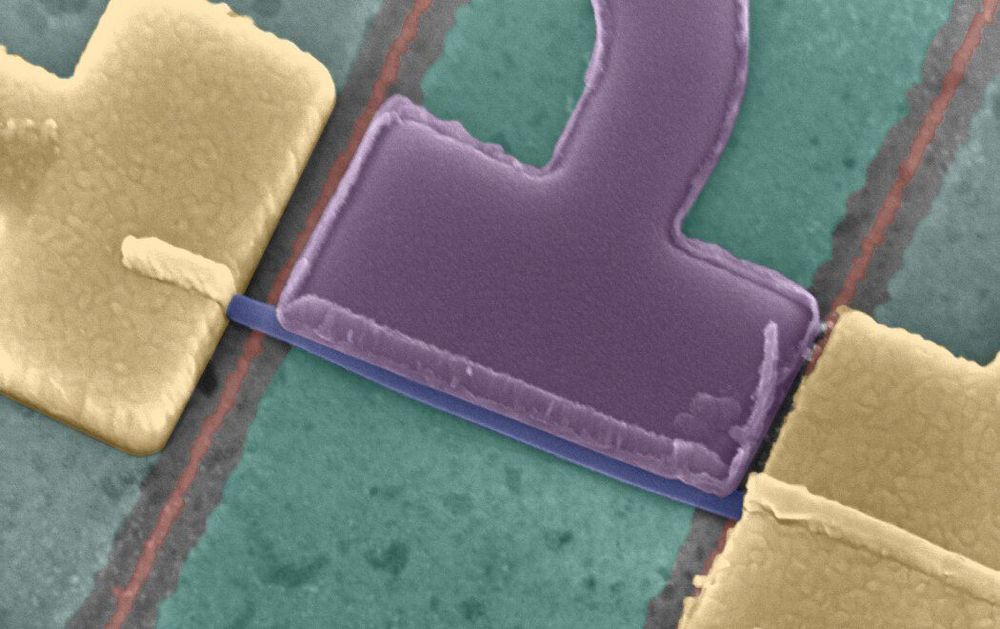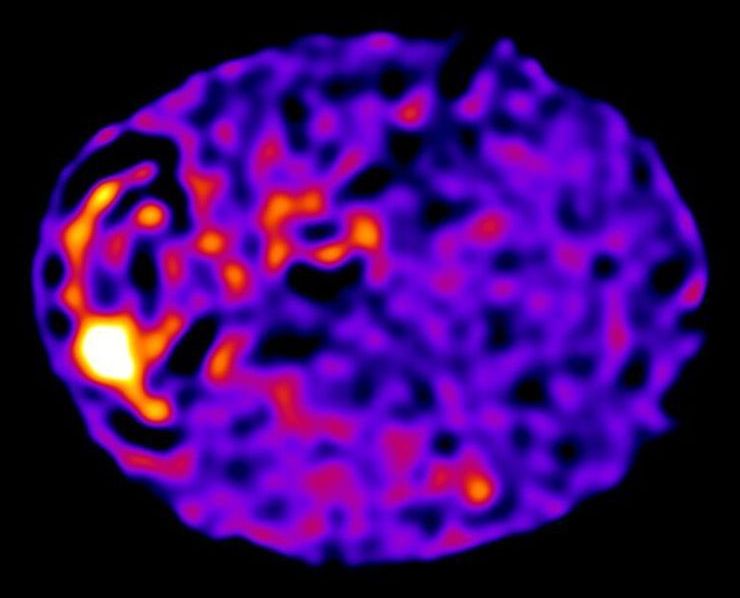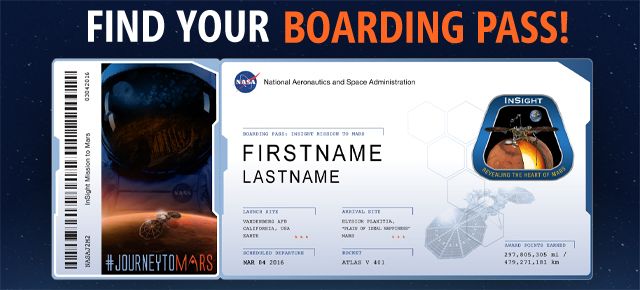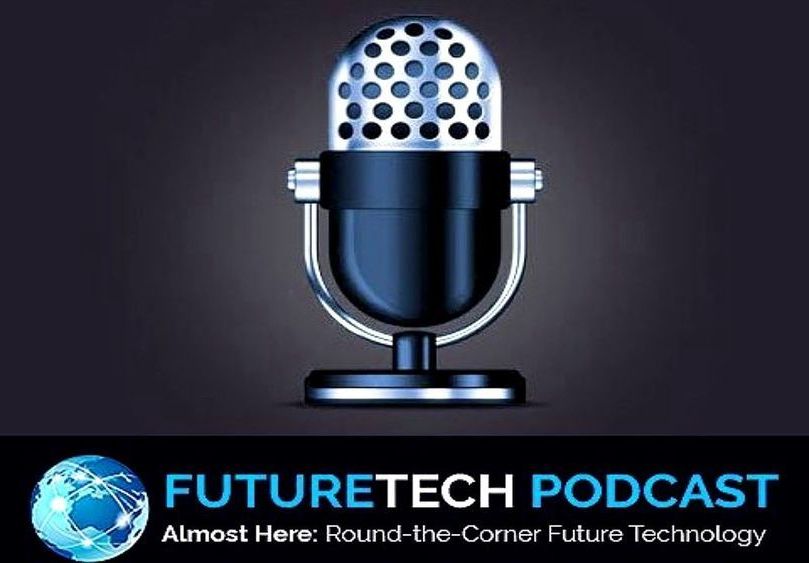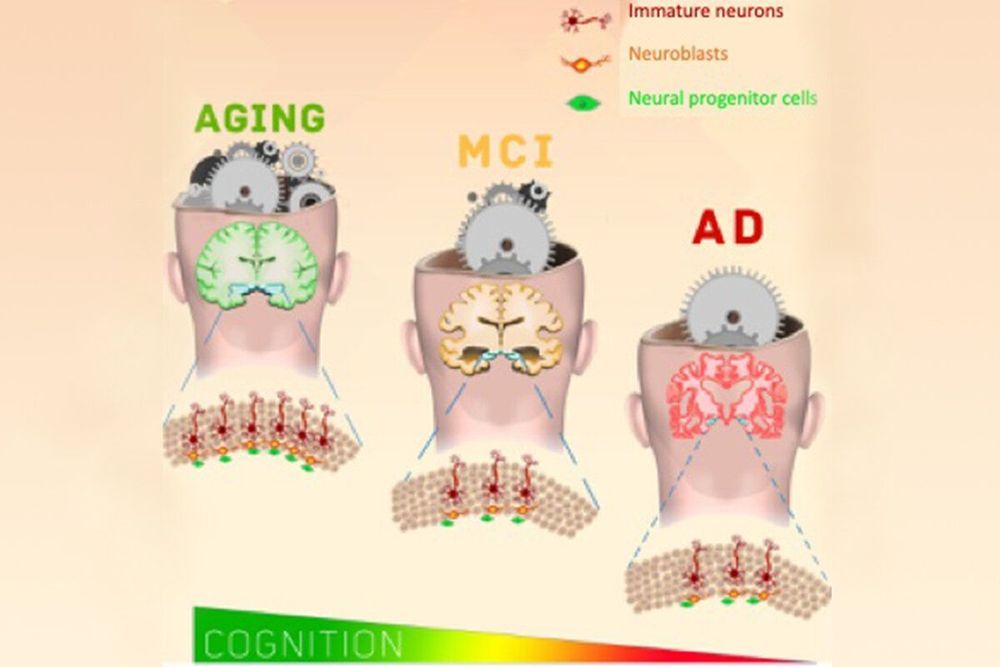May 25, 2019
SpaceX Starlink Will Equal Launch Revenue in 2020 and Will Make Elon the World’s Richest Person by 2023
Posted by Klaus Baldauf in categories: Elon Musk, finance, satellites, sustainability
SpaceX has successfully deployed sixty production versions of the Starlink Satellite. They are targeting six Starlink launches through the next six months. Those six launches will place 360 Starlink satellites into orbit. The pace of Starlink launches will increase with six more launches by the end of April 2020. This will enable SpaceX to generate a lot of revenue for service to North America, Europe and Asia. The revenue will be from reducing latency in financial trading communication.
SpaceX and Elon Musk will be made financially secure by 2023 and will have the $20 billion per year budget of NASA. If Elon has a 30X on his 54% share of SpaceX, then with Elon would have 30 times $10 billion in 2024 (50% of $20 billion in 2024). This means Elon would be worth over $300 billion without including any valuation for Tesla.
If Tesla still had any financial issues, Elon would be able to lend money from SpaceX to Tesla by late 2020 or 2021. Elon used Tesla to buyout Solarcity. In 2018, financial analysts speculated that Elon could his SpaceX stake as collateral in a buyout of Tesla. If SpaceX is worth $100 billion late in 2020 and then $200 billion in 2021, Elon would easily be able to fund a Tesla buyout with his $54 billion and then $108 billion of SpaceX (versus about $15 billion today).




